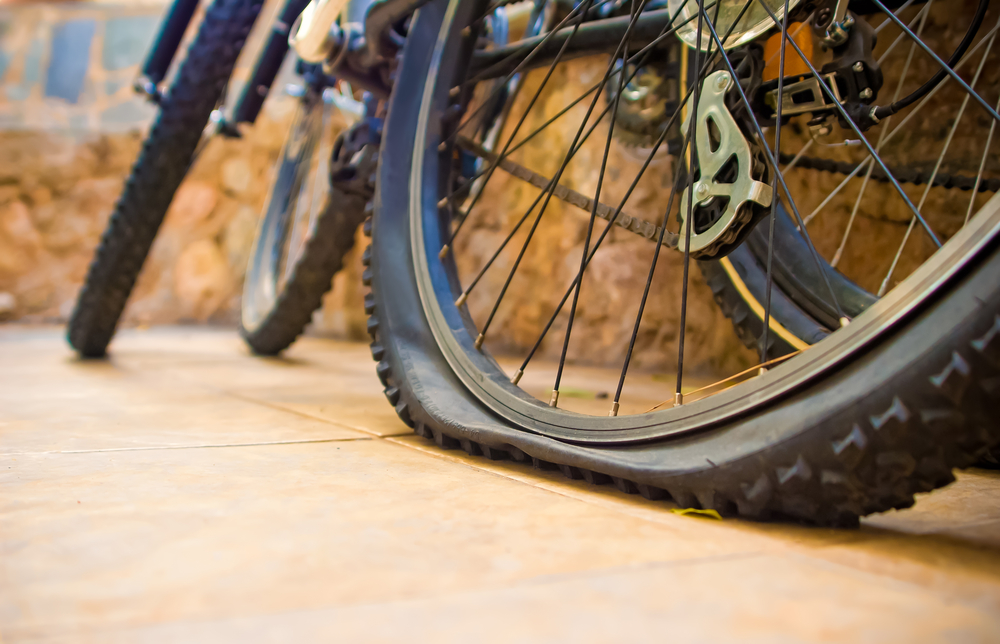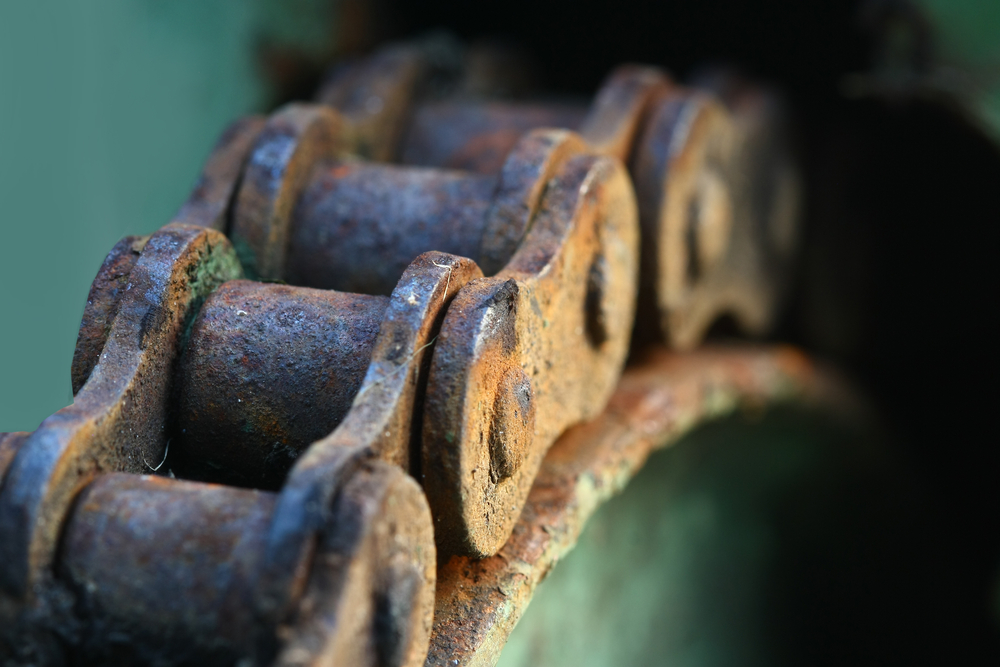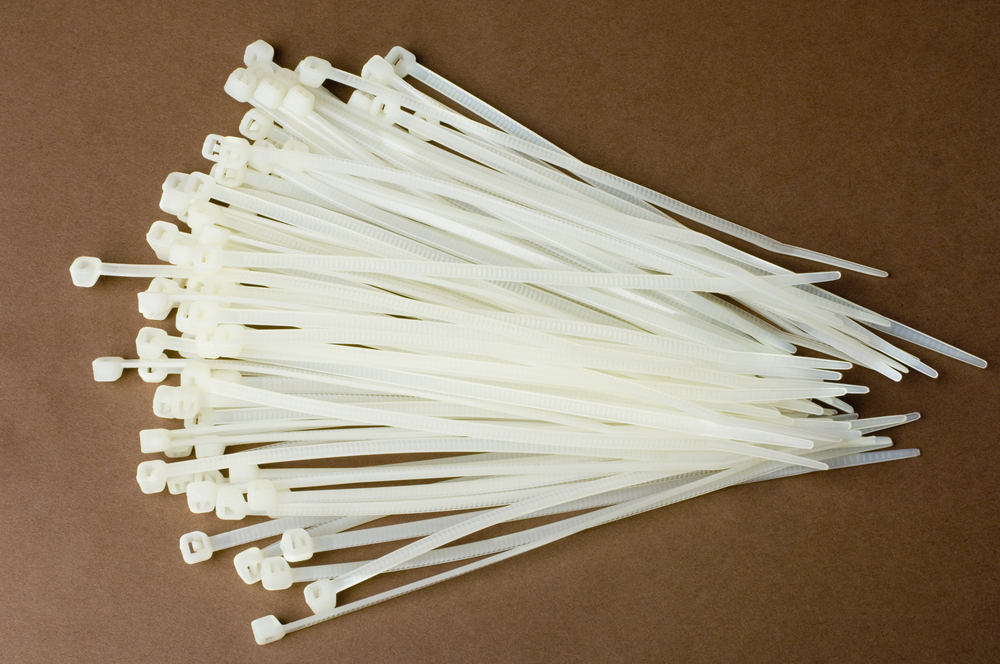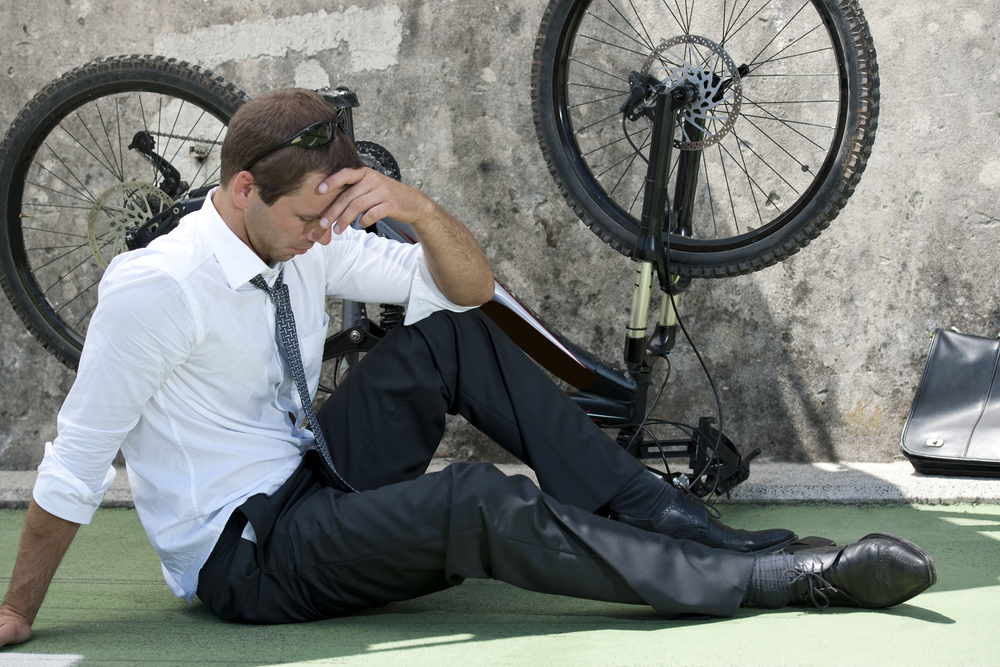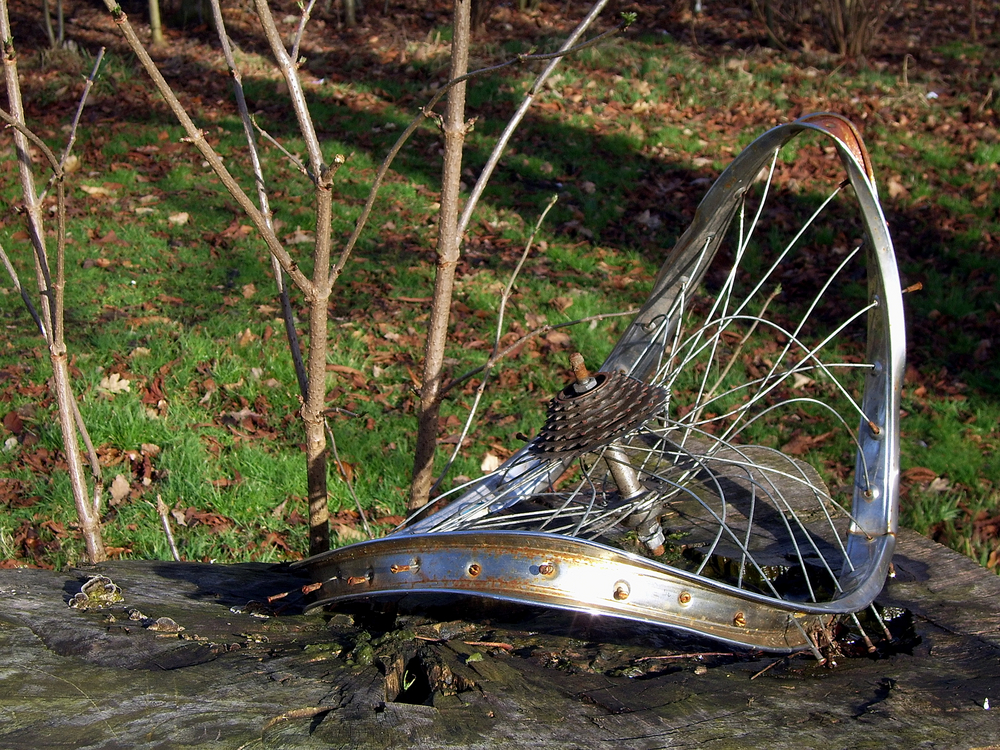
I’ve been riding mountain bikes for more than 25 years now, and in that time, i’ve managed to break a fair few of them. As is life, plenty of my breaks happened when I was out riding without the right tools to actually fix the problem.
Back in the day, before mobile phones, this was a real issue. You couldn’t simply phone a friend to come and pick you up. It was either try and bodge a repair or face a long walk home.
Here’s a collection of some of the weirdest and most wonderful ghetto fixes, from dry leaves and crisp packets to zip-wires and rocks… and yes, they are accompanied with the reasons why you should probably never give them a shot.
